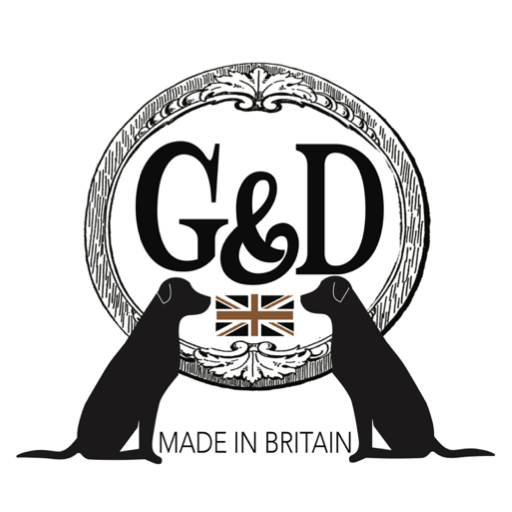We have a passion about the countryside, after all we are lucky enough to be based in a wonderful area called the Vale of Belvoir (Yes, it is pronounced “Bee-vor”). For many, Tweed is a quintessential product for the countryside. Whether being used for Sport, Formality or Pleasure, it has been a stable base of clothing for hundreds of years. Once only the rich and affluent could afford clothing made in Tweed. However in todays modern society it has become more commonplace and affordable. This has give rise to a wider audience and is no longer just a ‘Countryside Tweed’ product. Whether in the meadows, fields, forest, villages, towns or cities, classic Tweed can be found everywhere.
Tweed Fabrics
There are a number of myths around how the name Tweed was discovered. One commonplace myth is that the name is a mistranslation of the word Tweel (derived from the word Twill, the weaving technique used to create the fabric). However some prefer the story that the name arrived in 1831 when a London cloth merchant received a letter from a Hawick Mill, Wm Watson and Son (Dangerfield Mills) about some new Tweels. The merchant in their wisdom misread the handwriting and took the word to be Tweed. He thought that this was the Trade-Name of the fabric as the river Tweed flows through the Scottish Borders and this seemed a natural connection. The fabrics were subsequently advertised as Tweed, and the name remained.
Tweed is found to be a woollen fabric with a soft, open and flexible structure. It is usually found in either a plain weave, twill (this is when a pattern is woven through the Tweed) or herringbone. Colour effects in the material are usually obtained by mixing dyed wool before it is spun. There are many uses for Tweed in clothing, we mainly use them for our Tweed Capes.
Harris Tweed
The most famous Tweed is Harris Tweed. Harris Tweed is a protected brand and is thought to be the first ever registered British Trademark. Harris Tweed must be woven and spun on the scottish Isle of Harris. However there are many weaving mills who produce Tweed in the UK. These Mills are predominantly found in the North of England. The mills are often steeped with history often through their knowledge and skills which surround the weaving of Tweed. The industrial revolution had a major impact on Mills and fabric contruction.
The number of mills and the size of them is considerably smaller than many years ago as Tweed can be sourced in many places across the world, however it is regarded that Tweed for the UK is the best, and whilst it is more expensive than imported versions, most wearers agree that it is worth paying that little bit more.

